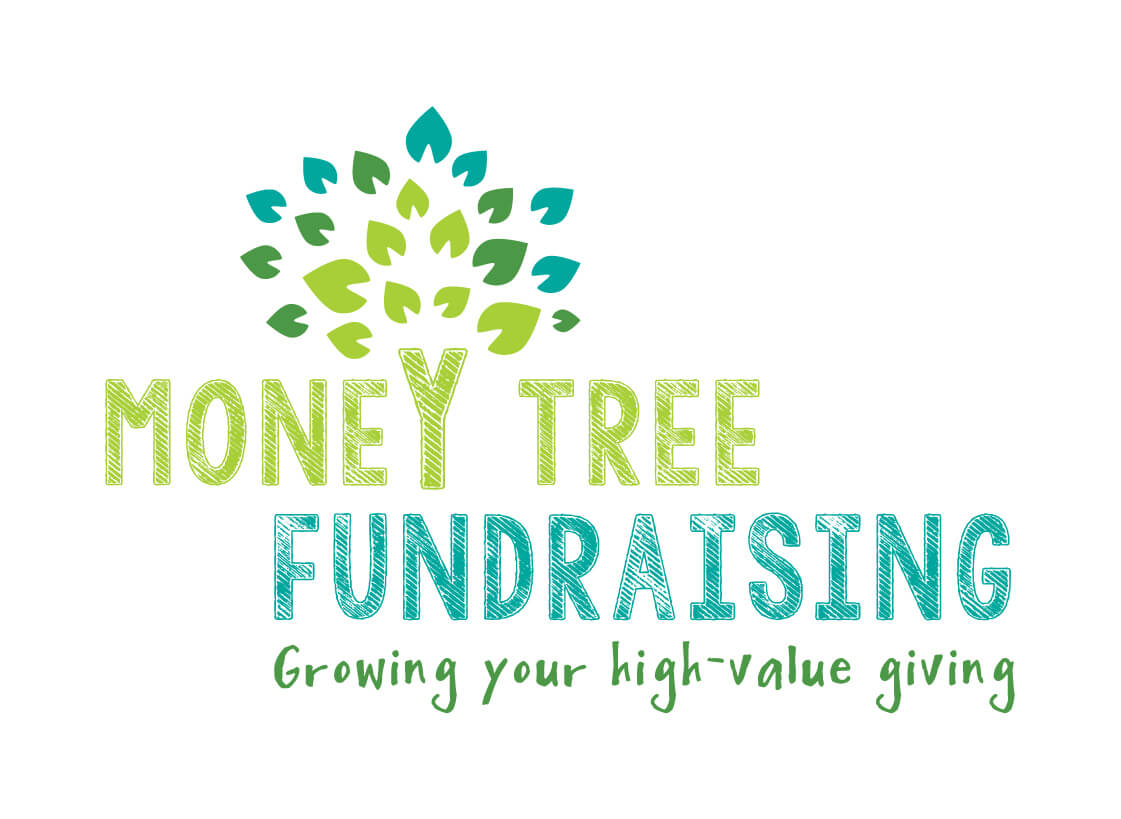Many of us will have seen the 7 steps of major donor fundraising outlined at conferences and books. It promotes a chronology of working with major donors from start to finish, beginning with identifying donors and culminates with thanking and stewardship.
It would be churlish to say that these steps are flawed; it makes perfect sense that you must identify donor prospects first, research them, plan and engage, before asking, thanking and remaining in communication. In reality its not that linear. It takes a level of confidence to take a route map and NOT follow it yet sticking rigidly to the 7 Steps as a process is unlikely to be all that is required to create a successful major donor programme.
The 7 Steps assumes that all other factors are in place; a helpful privacy policy, an accessible database, a strong case for support, senior level engagement, finance information, internal communication, cultivation events, etc. In essence the 7 Steps work best in a utopian version of a charitable organisation.
In our work with charities, setting up and reviving major donor programmes, we find that it is not that the 7 steps are misunderstood or are not being followed, it is that the charity does not have all the ingredients of a strong programme in place to a sufficient degree.
My preference, therefore, is to spend time looking at three main elements required; vision, donors and resources, or what, who and how. For each category the charity must honestly ask itself the following questions:
What:
- Do you have clear strategic aims?
- Who is responsible for setting strategic priorities?
- Have you identified a list of projects underlying these priorities?
- What are the costs of these projects?
- What costs would a major donor be happy to pay for?
- How have you assessed the need?
- Who will benefit?
- What’s the timeframe?
- Is this core funding, a new/extended project or an aspiration?
- What will happen if the major donor does not give?
Who:
- Have you segmented your data?
- Have you identified your largest, most recent donors?
- Have you mapped out your networks for other major donor prospects?
- Have you spoken to your current top donors about their contacts?
- Do you flag new donations over a certain level?
- Do you flag donations from private banks?
- Do you flag cumulative givers over a calendar years over a certain level?
How:
- Does your database provide you with reports on single gifts and cumulative gifts?
- Does your finance team give you all the project costs you need?
- Do your service teams engage you in project development?
- Do you have time to put projects to donors before they are paid for?
- Do you have regular meetings to discuss major donors and prospects?
- Do you track progress with multiple donors on a simple chart?
- Do you have individual donor stewardship plans?
- Have you allocated donors to relevant account managers?
- Is one person responsible for coordinated the overall major donor programme?
- Does the senior management team/Board understand the programme?
- Are senior staff actively engaged in stewarding donors?
These factors are the nuts and bolts of major donor fundraising. The 7 Steps makes sense but it isn’t where you should start and it wont’ help you identify any issues with your programme.

Image copyright Money Tree Fundraising.
Give your major donor programme a health check now
